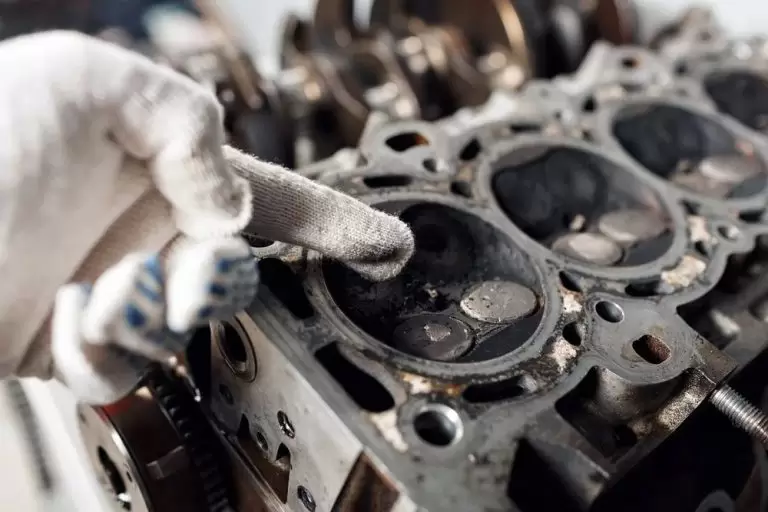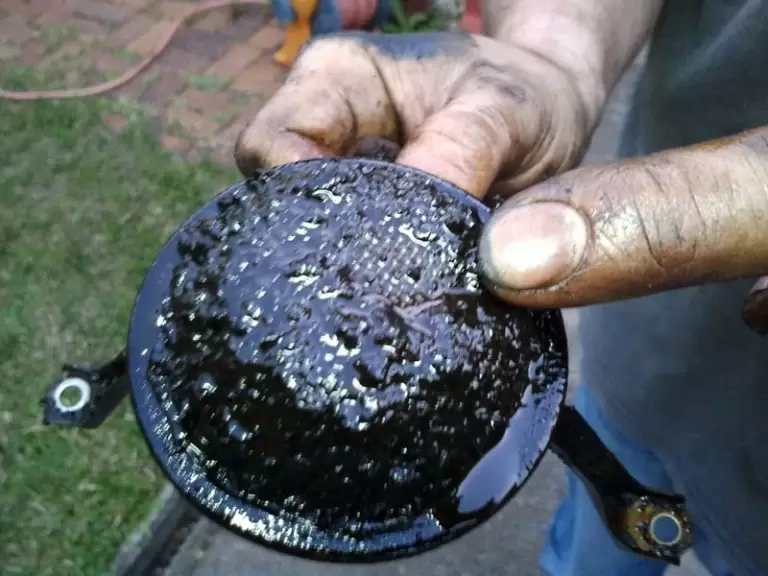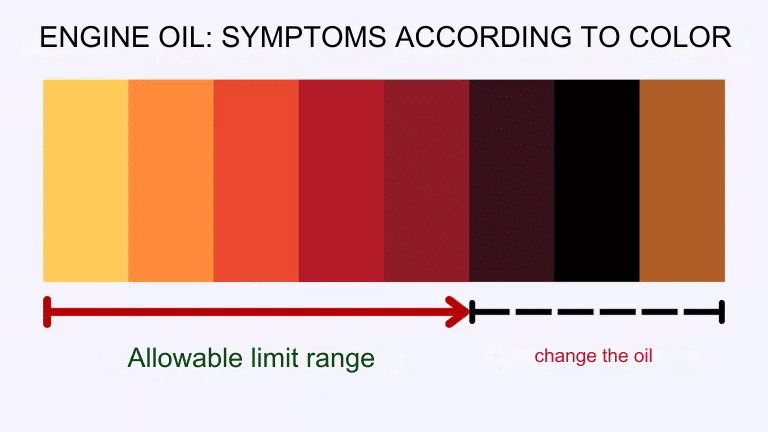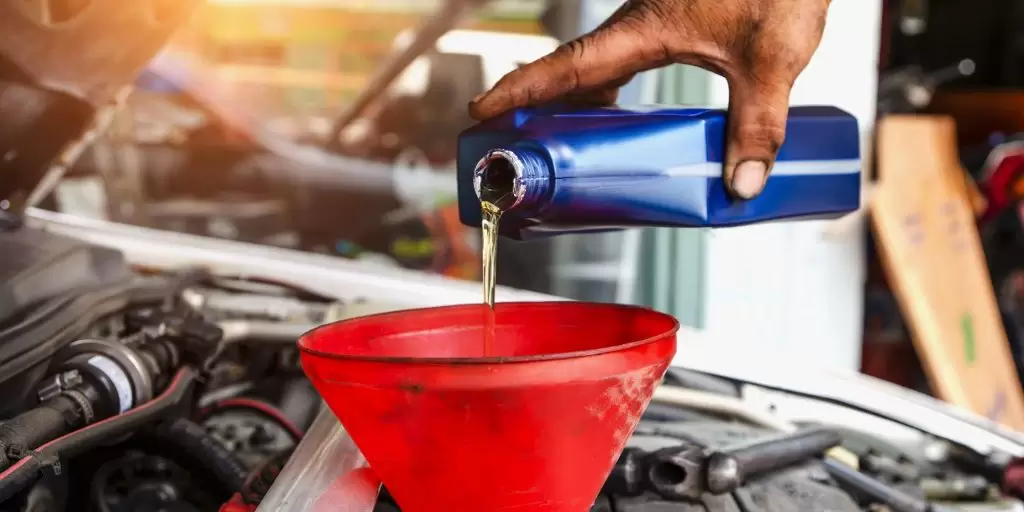
Although it may not seem like it, the engine of our vehicle, be it a motorcycle, car, van, truck, mule tractor, or any internal combustion engine, gets dirty internally over time and with the use we give it.
Because?
This occurs, among other things, due to the accumulation of waste and impurities from the combustion process and engine use.
During this process, fuel is mixed with air and burned in the combustion chamber. This produces exhaust gases that contain ash, nitrogen oxides, and carbon particles (soot), which do not completely exit the engine and accumulate in different parts.

Furthermore, as the oil circulates inside the engine, it comes into contact with these parts. It becomes contaminated, not to mention that it can also become contaminated with elements such as fuel, water, dust, and other agents that can leak into the engine.
All of these factors make the oil less effective at lubricating the engine. Therefore, it is vital to change the oil regularly at the recommended times to ensure that it is clean and can effectively lubricate the engine.
This will help maintain engine performance and extend engine life.
Table of Contents
ToggleWhat happens if the internal cleanliness of the engine is not maintained?
If the oil is not changed frequently enough, these contaminants along with dirt accumulate and can form ‘sludge’ in the engine, which when circulated together through the lubrication system, can generate blockages and a series of problems, which may include:
Reduced lubrication
As the oil becomes dirty, it may not be able to effectively lubricate the engine’s moving parts, which can lead to increased wear and, in extreme cases, damage to the engine.
Dirt and contaminants can clog oil holes and passages, making it difficult for oil to flow properly through the lubrication system and throughout its parts.
This can cause excessive friction and increased wear on them.

Increased wear of engine parts
Dirt and contaminants in the oil can cause increased wear on moving engine parts, reducing performance and leading to costly repairs.
Aside from the excessive friction and wear that reduced or inadequate lubrication can cause, dirt and contaminants present in the oil can also damage the surfaces of these moving parts.

For example, abrasive contaminants can scratch and abrade part surfaces, while acidic contaminants can corrode parts, increasing friction and wear.
Lastly, dirt and contaminants present in the oil can affect the quality of the oil itself. The chemicals in these contaminants can reduce oil viscosity, leading to inadequate lubrication of moving engine parts and increased wear.
It is, therefore, vital to keep the engine and oil clean and free of contaminants to avoid further wear of the engine’s moving parts.
Reduced efficiency
Dirt and oil contaminants can clog engine filters and restrict oil flow, reducing engine efficiency, causing it to run less smoothly, and causing higher fuel consumption.
Higher fuel consumption
A dirty engine may be less efficient and need more fuel.
Reduced lubrication makes it difficult for engine parts to move freely. This increases friction, forcing the engine to work harder and consume more fuel.

Neglecting internal engine cleaning and failing to replace dirty oil can lead to decreased performance and increased wear on moving parts. This can result in costly repairs down the road. This is why it is important to regularly maintain and clean the engine to ensure it runs optimally.
How do you keep the engine clean internally?
Keeping your vehicle’s engine clean and efficient saves money on repairs and prolongs its life.
Following these five recommendations to keep your car’s engine clean and its lubrication system working efficiently can help:
- Use high-quality oil. Choosing the right oil for your car is crucial to keeping your engine clean and running smoothly. Look for oils that meet the manufacturer’s recommended specifications, providing the best protection for your engine.
- Change your oil regularly. Regular oil changes are essential to remove contaminants and particles that can build up in the engine over time. Be sure to follow the manufacturer’s recommendations for how often to change the oil, usually every 5,000 to 12,000 kilometers, depending on the type of oil.

- Use a high-quality oil filter. The filter helps remove contaminants from the oil as it circulates through the engine, keeping your engine clean and running smoothly. Make sure you change it regularly at the same time you perform the oil change.
- Avoid overloading your motor. Too much stress on your engine can cause it to work harder and generate more heat, leading to carbon, soot, and other lubrication problems. Carry only necessary items and use a roof rack or trailer for larger items.

- Keep your engine cool. Overheating can damage your engine and cause lubrication problems. Check and replace coolant regularly and ensure your car’s cooling system is working properly.
Leave a Reply